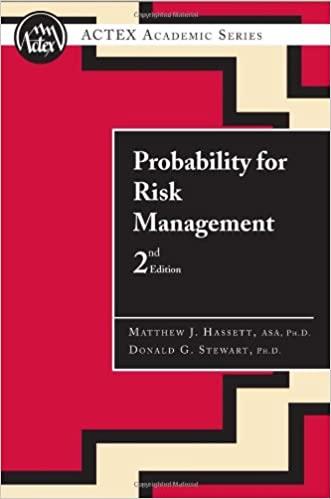Show all work please

1. Redness Industries has forecasted its monthly needs for working capital (net of spontaneous sources, such as accounts payable) for 2023 as follows: Short-term borrowing (that is, a bank line of credit) costs the company 3 percent annually and intermediate-term borrowing (that is, term loans) costs the company 9 percent annually. Any funds in excess of its monthly needs can be invested in interest-bearing marketable securities to yield 4 percent per annum. a. Divide the firm's monthly funds requirement into (1) a permanent component and ( 2 ) a temporary component, and find the monthly average for each of these components. b. Suppose the company follows an aggressive policy by financing all its working capital requirements for the year with short-term borrowing. Determine Redness's interest costs during 2023 under this policy. c. Suppose the firm uses the maturity matching principle by financing all of its permanent needs with long-term financing and its temporary needs with short-term financing. Determine the firm's interest costs under this policy. d. Suppose the firm follows a radical conservative policy by financing the maximum amount of its working capital requirements for the year with long-term borrowing and investing any excess funds in short-term marketable securities. Determine Redness's net interest costs during 2023 under this strategy. e. Determine the profitability versus risk trade-offs associated with these aggressive, moderate and conservative working capital financing policies. 1. Redness Industries has forecasted its monthly needs for working capital (net of spontaneous sources, such as accounts payable) for 2023 as follows: Short-term borrowing (that is, a bank line of credit) costs the company 3 percent annually and intermediate-term borrowing (that is, term loans) costs the company 9 percent annually. Any funds in excess of its monthly needs can be invested in interest-bearing marketable securities to yield 4 percent per annum. a. Divide the firm's monthly funds requirement into (1) a permanent component and ( 2 ) a temporary component, and find the monthly average for each of these components. b. Suppose the company follows an aggressive policy by financing all its working capital requirements for the year with short-term borrowing. Determine Redness's interest costs during 2023 under this policy. c. Suppose the firm uses the maturity matching principle by financing all of its permanent needs with long-term financing and its temporary needs with short-term financing. Determine the firm's interest costs under this policy. d. Suppose the firm follows a radical conservative policy by financing the maximum amount of its working capital requirements for the year with long-term borrowing and investing any excess funds in short-term marketable securities. Determine Redness's net interest costs during 2023 under this strategy. e. Determine the profitability versus risk trade-offs associated with these aggressive, moderate and conservative working capital financing policies








